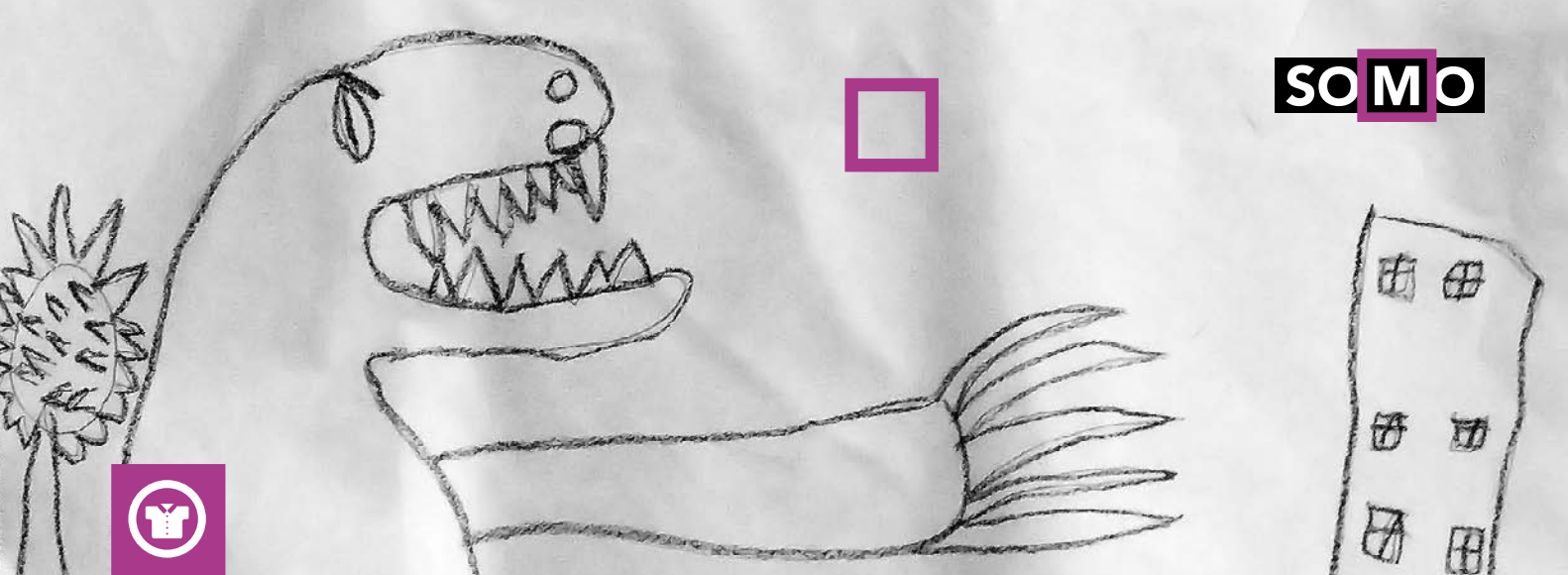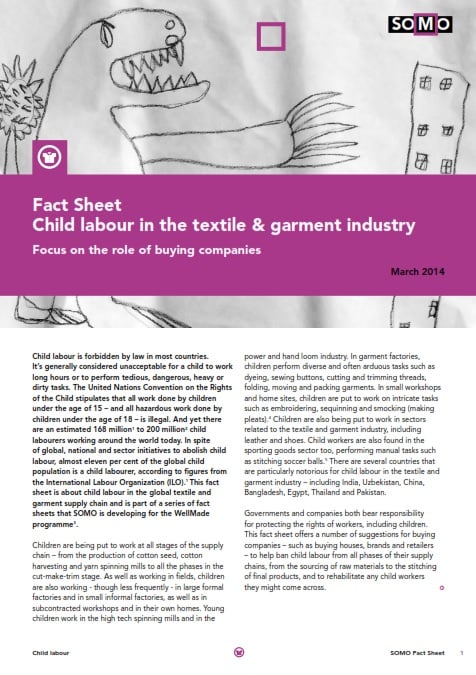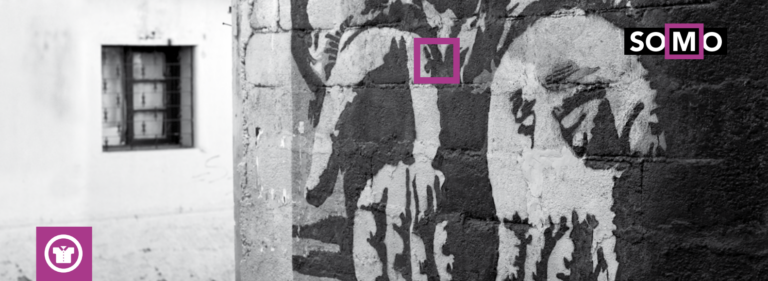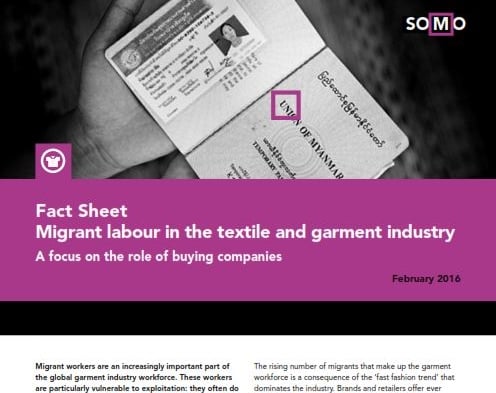
The new SOMO Factsheet offers brands and retailers ways to prevent child labour
Child labour remains a major problem in the global clothing and textile industry. It occurs throughout all stages of the production process, from the cotton fields to the clothing factories.
Fact Sheet: Child labour in the textile & garment industry
SOMO is calling upon clothing brands to pay fair prices for their clothing and to take more responsibility for the entire production process. In a new factsheet, ‘Child labour in the textile & garment industry: Focus on the role of buying companies’ SOMO offers brands and retailers ways to prevent child labour in their production chains.
SOMO is currently developing a series of factsheets on working conditions in the clothing industry within the framework of the Wellmade project(opens in new window) , which is a collaboration between the Fair Wear Foundation, CNV, Christian Initiative Romero (CIR), the Ethical Trading Initiative and SOMO. It gives clothing brand buyers and retailers insight into the problems that exist within their production chains and offers concrete advice on how to make improvements.
Current initiatives not effective enough
The issue of child labour is a long-standing problem in the clothing industry. Clothing brands have indeed introduced a number of improvement initiatives to address the issue, but none of these is effective enough to actually eradicate child labour. Monitoring and improvement plans introduced by the companies are usually limited to the immediate suppliers – the clothing factories – while child labour is often found in the earlier production phases. Moreover, many orders are subcontracted to other factories and home workers, which makes it difficult to maintain proper supervision. Sometimes the brands don’t even know where their goods are actually being produced.
Facilitating child labour
According to SOMO researcher Martje Theuws clothing brands actually facilitate child labour: “Brands try to reduce their costs in every possible way, which means that factories feel compelled to reduce wages. As a consequence, factories in some cases prefer hiring children instead of adults. Child labour will continue to exist as long as fair prices are not being paid. Brands also need to consider how their design choices affect the actual means of production. Only then can they prevent their clothing from being made by the hands of children.”
- Factsheet Child Labour in the textile and garment industry
- Factsheet Forced Labour
- Factsheet Unsafe Garment Factory Building
Partners
-
Ethical Trading Initiative
-
CIR
Related content
-
 Pauline OvereemPosted in category:Publication
Pauline OvereemPosted in category:Publication Pauline Overeem
Pauline Overeem
-
Fact Sheet: Unsafe Garment Factory Buildings Published on:
 Pauline OvereemPosted in category:Publication
Pauline OvereemPosted in category:Publication Pauline Overeem
Pauline Overeem
-
Fact Sheet: Forced labour Published on:
 Pauline OvereemPosted in category:Publication
Pauline OvereemPosted in category:Publication Pauline Overeem
Pauline Overeem
-
 Martje TheuwsPosted in category:Publication
Martje TheuwsPosted in category:Publication Martje Theuws
Martje Theuws
-
 Martje TheuwsPosted in category:Publication
Martje TheuwsPosted in category:Publication Martje Theuws
Martje Theuws

